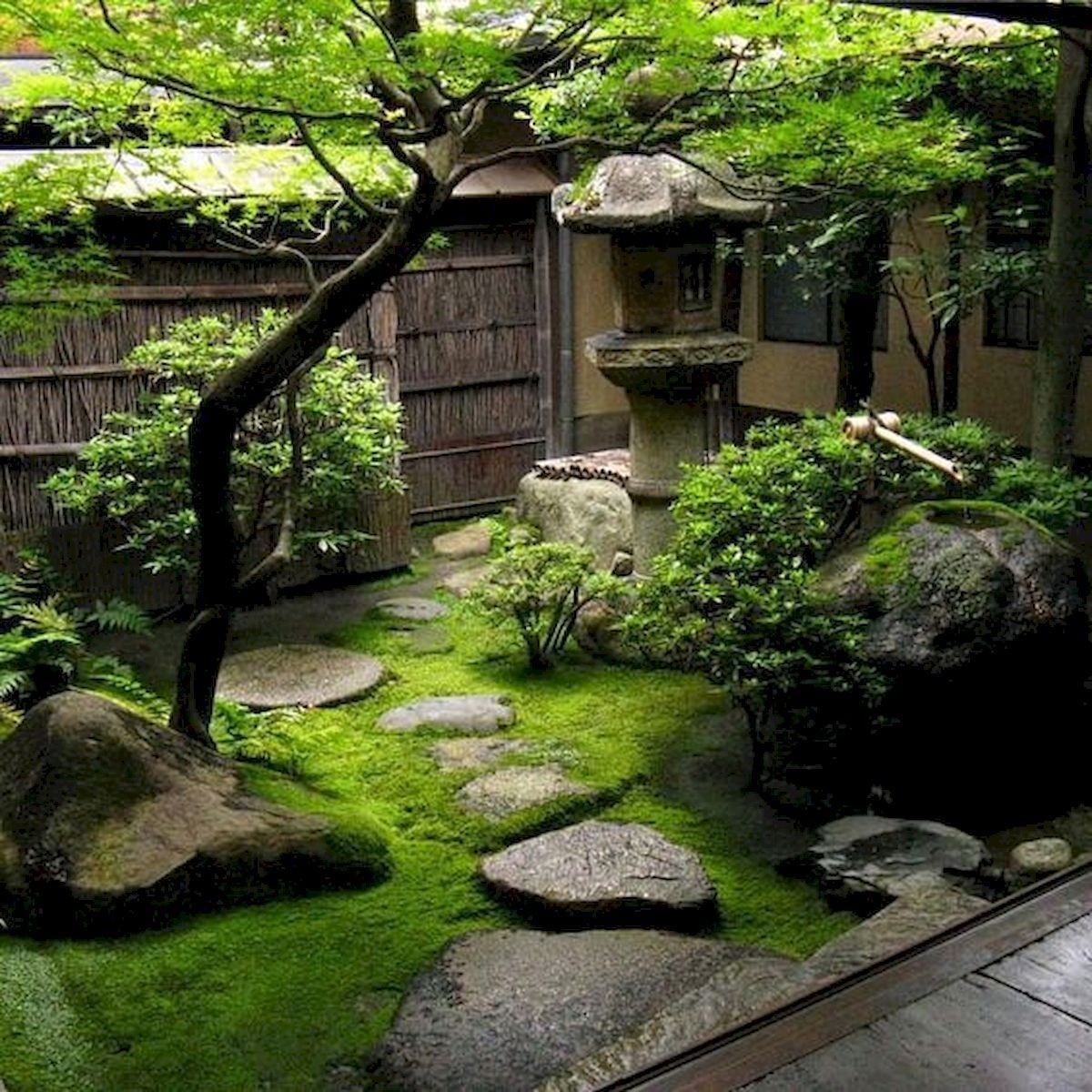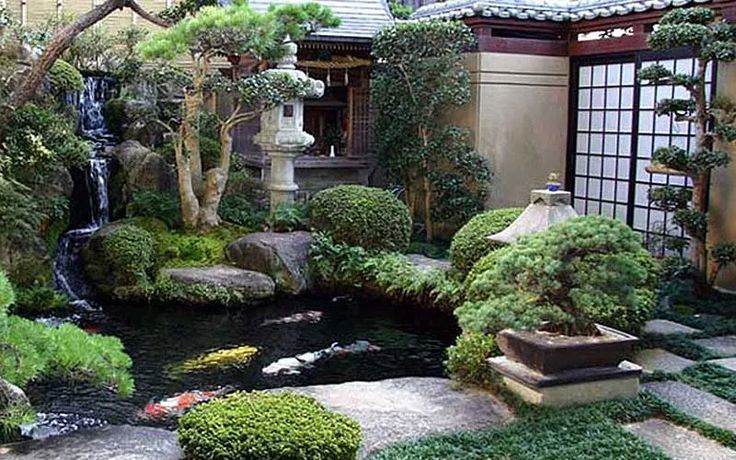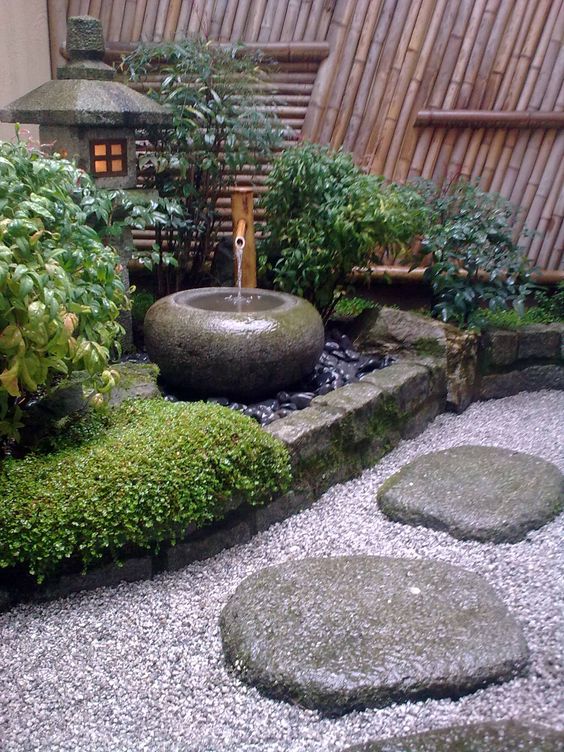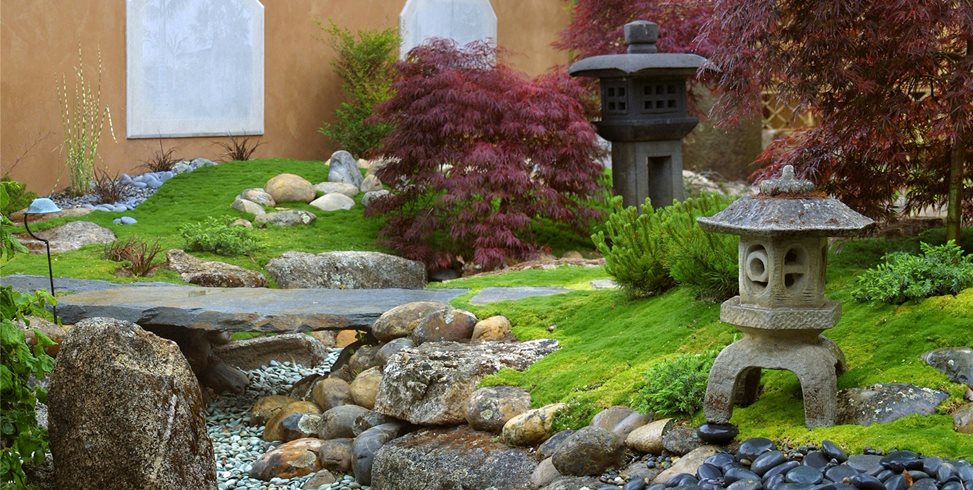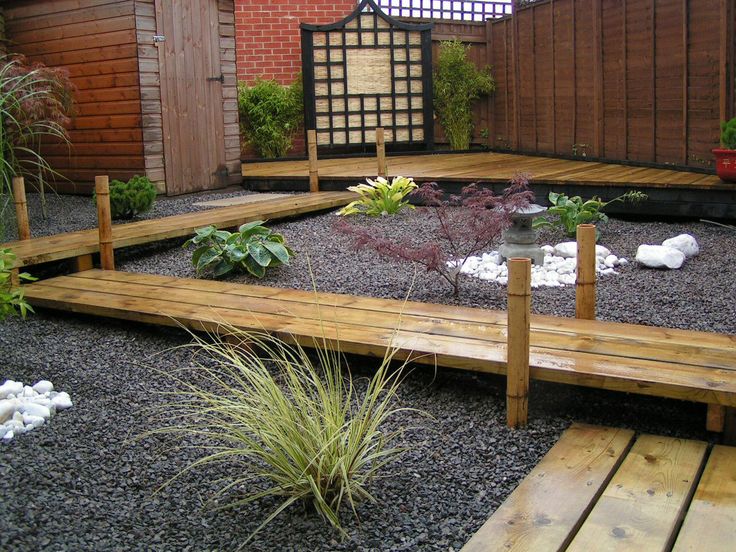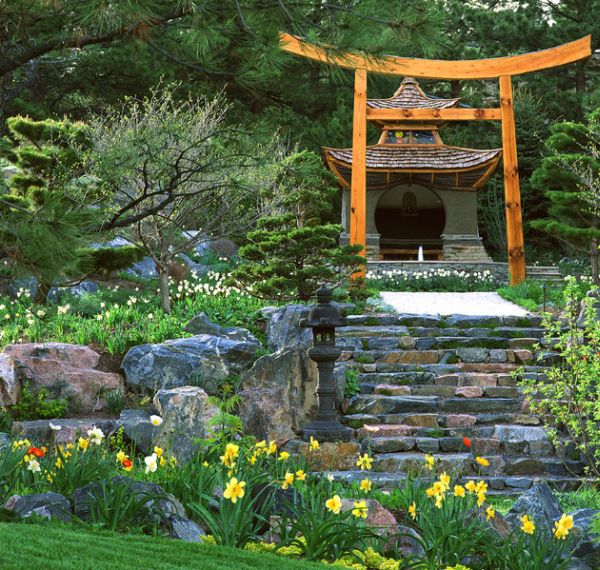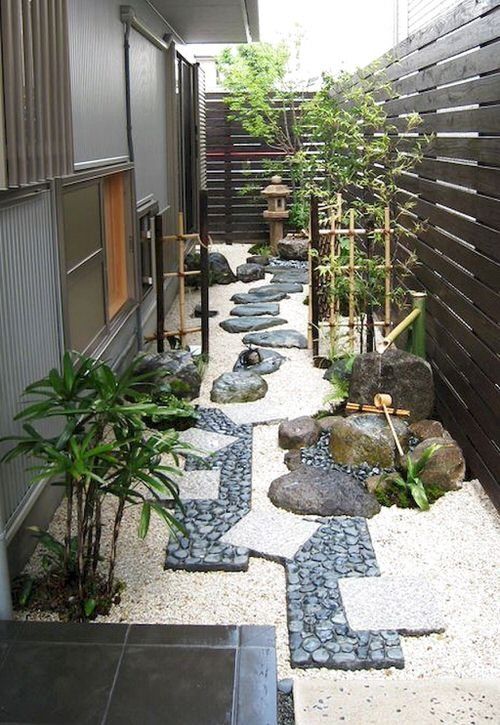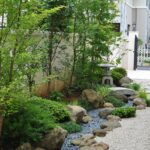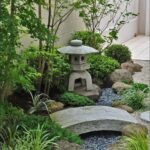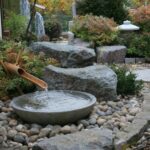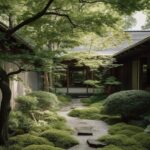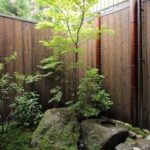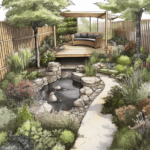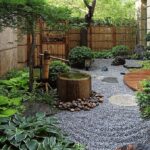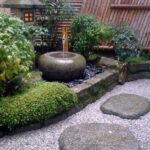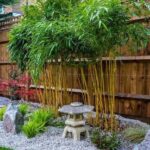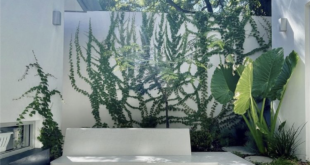Japanese backyard gardens are known for their serene and tranquil beauty, characterized by carefully manicured plants, rocks, water features, and meticulously planned layouts. These gardens are designed to create a sense of harmony and balance, in line with traditional Japanese aesthetics.
One of the key elements of Japanese backyard garden design is the use of natural materials such as stones, gravel, wood, and water. These materials are carefully selected to create a sense of continuity with the surrounding landscape, as well as to evoke a feeling of peacefulness and tranquility. Rocks are often used to symbolize mountains, while water features such as ponds or streams represent the sea or rivers.
Another important aspect of Japanese backyard garden design is the use of carefully selected plants. In traditional Japanese gardens, plants are chosen for their symbolic meanings as well as their aesthetic appeal. Trees such as cherry blossoms, maples, and pine trees are commonly used to symbolize the passing of the seasons, while moss and bamboo are used for their simplicity and elegance.
In terms of layout, Japanese backyard gardens are carefully planned to create a sense of balance and harmony. Paths and walkways are often curved or meandering, leading visitors on a journey through the garden and encouraging them to slow down and appreciate the beauty of their surroundings. Additionally, elements such as fences, gates, and garden lanterns are carefully placed to create focal points and enhance the overall atmosphere of the garden.
One of the most famous styles of Japanese backyard garden design is the “kare-sansui” or dry landscape garden. These gardens feature carefully raked gravel or sand, along with rocks and boulders arranged in a specific pattern. The absence of water in these gardens is meant to evoke a sense of stillness and simplicity, and is often used to encourage meditation and contemplation.
Overall, Japanese backyard gardens are designed to create a sense of tranquility and harmony, in line with traditional Japanese aesthetics. By carefully selecting natural materials, choosing symbolic plants, and planning layouts with precision, these gardens offer a space for relaxation and contemplation in the midst of busy urban environments. Whether you have a small backyard or a larger outdoor space, incorporating elements of Japanese garden design can help create a peaceful and beautiful retreat right in your own backyard.
 innstyled backyard design ideas
innstyled backyard design ideas
